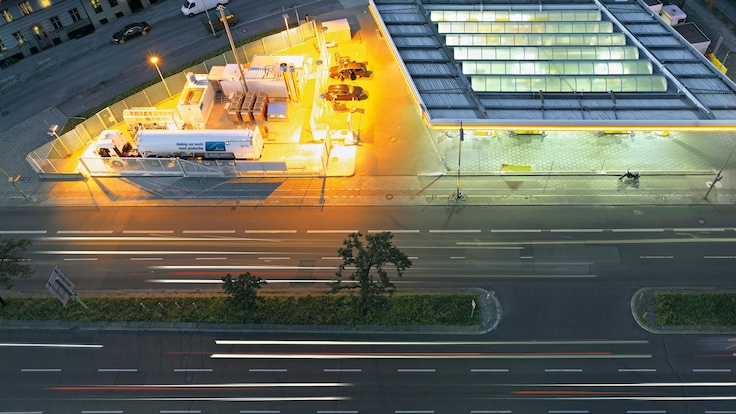Mobility
On the Road to Decarbonization

The CO2 Emissions Challenge
Transportation accounts for 24% of direct global CO2 emissions from fuel combustion, and road vehicles - cars, trucks, buses and two- and three-wheelers - account for nearly three-quarters of transport CO2 emissions (the remaining quarter is from aviation and shipping). Absolute CO2 emissions produced by the transport sector will have to fall dramatically if the world is to meet the goals of the Paris Agreement.
A growing number of countries are enacting laws aimed at reducing transport CO2 emissions.

The Best Back-to-Base Option
Hydrogen offers a powerful, carbon-free alternative to conventional fuels as the only thing vehicles equipped with hydrogen-powered fuel cells emit is water vapor.
The advantages of using hydrogen as a clean source of fuel become increasingly evident, in particular for heavy-duty transport, such as commercial vehicles and public transit networks. Fleets are - by virtue of their usage patterns - ideal for hydrogen. Buses, trains and, in some cases, trucks are continually in use, but they always return to base. As a result, refueling frequency at each station is relatively high, thus accelerating return on infrastructure investment. Electric buses that run on hydrogen are also resonating strongly among drivers and passengers. They offer a much smoother, more relaxing ride as they reduce both vibrations and engine noise. More importantly, using hydrogen to power public transit reduces harmful, ozone-depleting emissions while improving air quality in urban areas.
